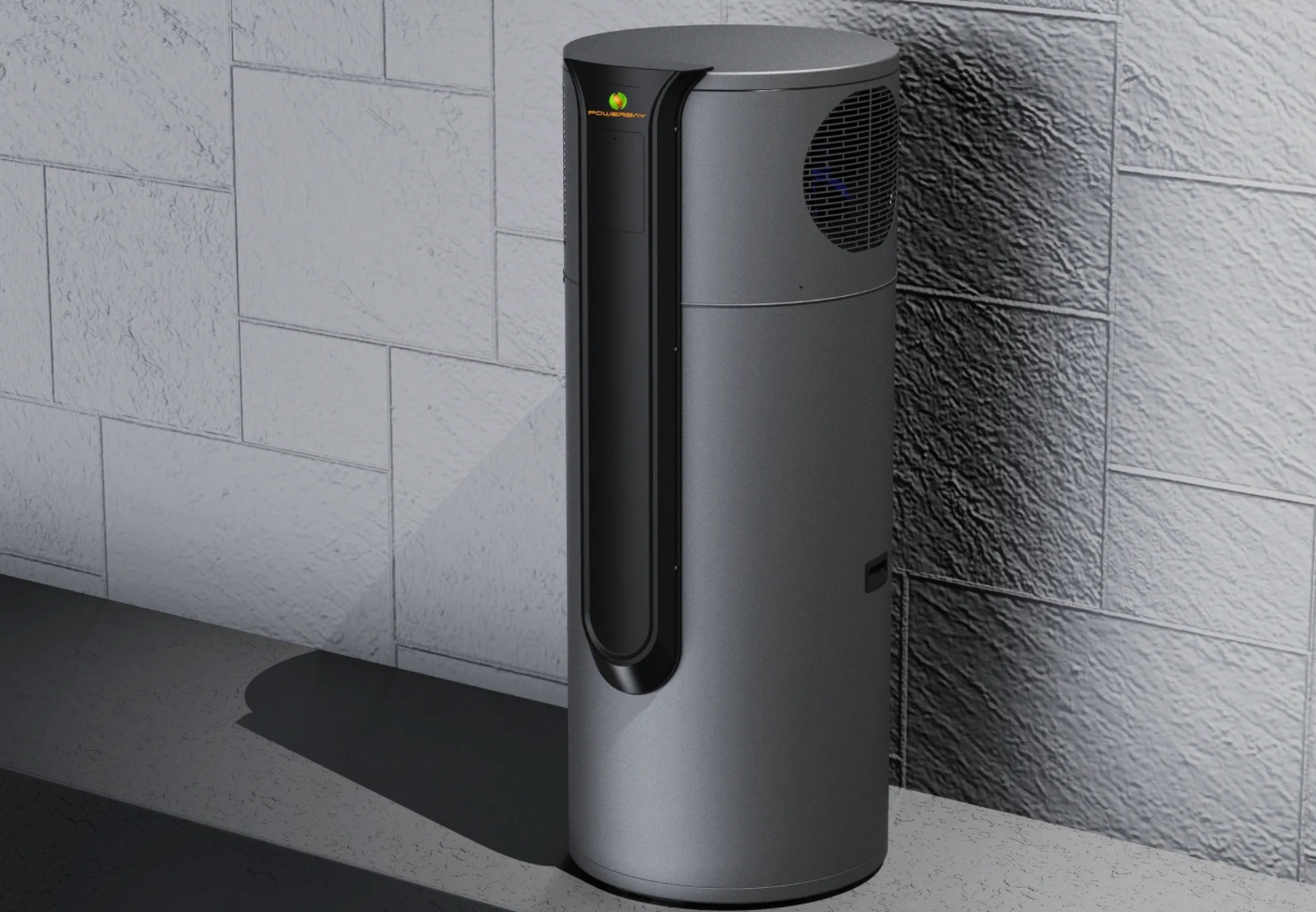How Solar Panels and Inverters Work Together
Solar panels and inverters are the dynamic duo that powers your home with clean, renewable energy. Understanding how they work together not only highlights the brilliance of solar technology but also helps you appreciate the sustainable power keeping your lights on and appliances running efficiently.
Solar Panels: Capturing Sunlight
Solar panels are made up of photovoltaic (PV) cells, usually composed of silicon. When sunlight hits these cells, it excites the electrons, causing them to move and generate direct current (DC) electricity. This process is called the photovoltaic effect. Each solar panel is designed to capture as much sunlight as possible, converting it into DC electricity. However, this form of electricity isn’t directly usable in most homes, which is why we need inverters.
The Role of Inverters
Inverters are critical components in solar energy systems because they convert the DC electricity produced by the solar panels into alternating current (AC) electricity, which is the standard electrical current used in homes. Without inverters, the energy harnessed by your solar panels would be unusable for your household appliances.
There are several types of inverters, which include:
- String Inverters: These connect a series (or string) of solar panels to a single inverter. They are cost-effective and widely used in residential solar installations.
- Micro inverters: These are installed on each solar panel, allowing for maximum energy harvest as each panel operates independently. This is particularly beneficial in scenarios where shading affects some panels but not others.
- Hybrid Inverters: These versatile inverters manage both solar panel output and battery storage, making them ideal for systems that include energy storage solutions.
Optimising Efficiency
Inverters do more than just convert DC to AC. Modern inverters are equipped with features like Maximum Power Point Tracking (MPPT), which constantly adjusts the electrical load to ensure that the solar panels are operating at their peak efficiency. This optimisation means more electricity is generated from the same amount of sunlight, enhancing the overall performance of your solar energy system.
Monitoring and Maintenance
Today’s inverters also come with sophisticated monitoring capabilities. Homeowners can track the performance of their solar systems in real time using apps or online platforms. This feature not only provides insights into how much energy is being produced but also helps in quickly identifying and resolving any issues that might arise, ensuring that the system is always running smoothly.
The Synergy of Solar Panels and Inverters
The synergy between solar panels and inverters is what makes solar energy a viable and efficient source of power for homes. Solar panels capture sunlight and convert it into DC electricity, while inverters transform this into usable AC electricity. This partnership is what allows you to harness the power of the sun to reduce your reliance on traditional power sources, lower your energy bills, and contribute to a greener, more sustainable future.
Understanding how solar panels and inverters work together is crucial for anyone interested in harnessing solar energy. This dynamic duo not only provides a clean and renewable source of electricity but also represents a significant step towards a sustainable future. By investing in solar technology and maintaining your system properly, you can enjoy the benefits of solar power for many years to come, making your home more energy-efficient and environmentally friendly.
Looking for the right inverter for your needs? Contact our team today!
Disclaimer: The information provided in this blog post is for general purposes only. While we strive to ensure the accuracy and reliability of the content, we make no representations or warranties of any kind, express or implied, about the completeness, accuracy, reliability, suitability, or availability of the information contained herein. Any reliance you place on such information is strictly at your own risk. We will not be liable for any loss or damage arising from the use of, or reliance on, the information presented in this blog post. It is always recommended to seek professional advice or conduct further research for specific situations or concerns. The inclusion of any links to external websites does not necessarily imply endorsement or support for the views expressed within them.


All Rights Reserved | Sustainable Energy Partners
